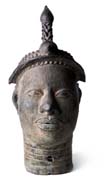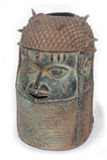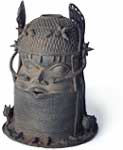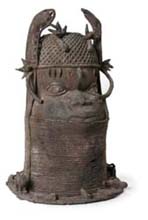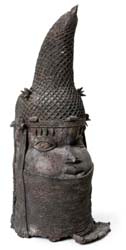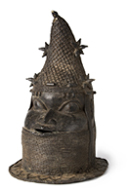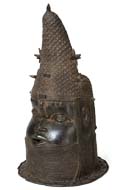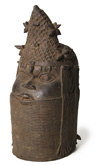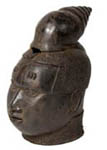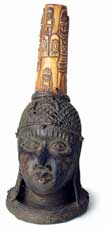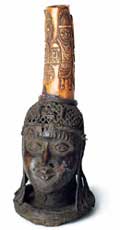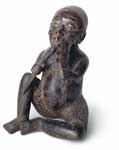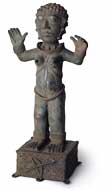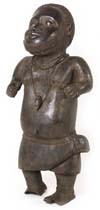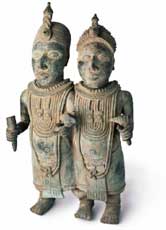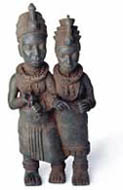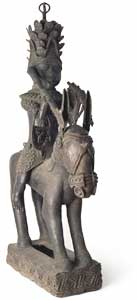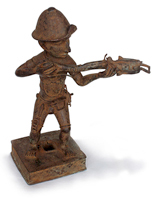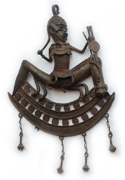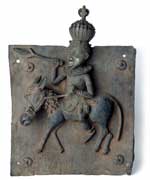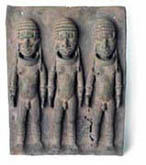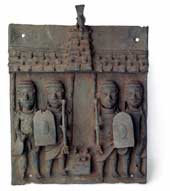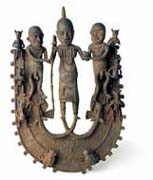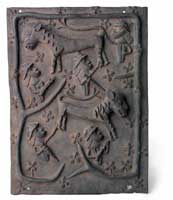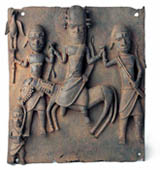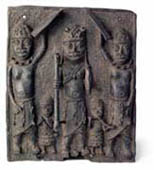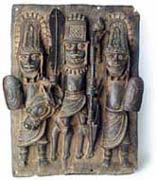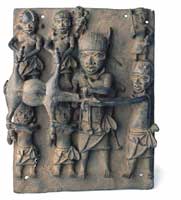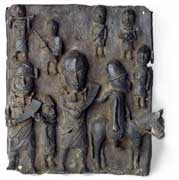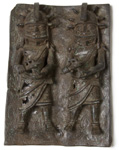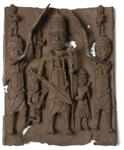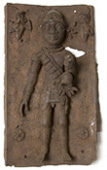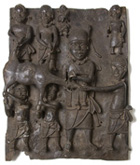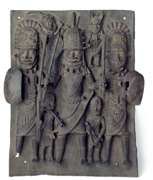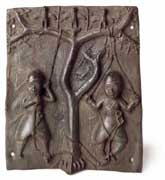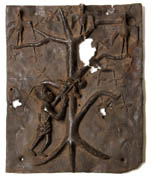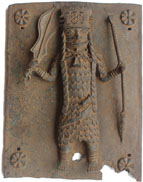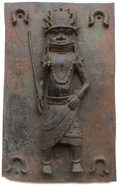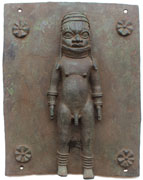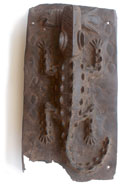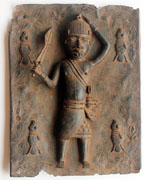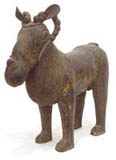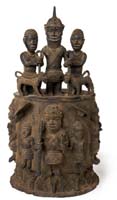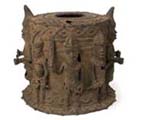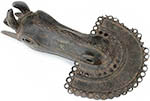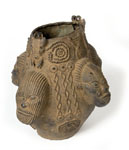| Bronzes from Ife, Owo, Benin ... |
Gallery Peter Herrmann is showing an unusually large selection of bronze objects from 14th till 19th centuries, among them heads and figures from Ife, as well as reliefs, statues, heads and animals from Benin. All objects, which came onto the market in the 20th century are certified by experts. |
Exhibitions |
| Bronzes from Ife and Benin February 3 - April 14, 2007. Documentations, auctions and reseach results >> |
| A Thousand Years of Benin Bronzes February 9 - March 22, 2008. With new theses. >> |
| 700 Years of Africa - Benin to Contemporary January 31 - March 12, 2009. Miami, Florida. >> |
| The Paul Garn Collection 2011/2012. Dresden, Berlin. Acquired around 1920 Exhibition | List |
Articles |
| Age classification The latest stand in the analysis of West African bronzes. Restitution, Trade and Africa - About return of objects More articles: Texts und Columnes Comments on the Cultural Property Protection Act |
Links on this site |
| Partners - Age datation Law - UNESCO-Convention |
| Exhibited Art. From 1989 - 2016 |
| For further Information please klick the Icons |
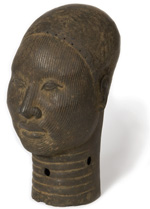 |
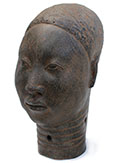 |
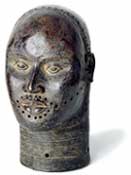 |
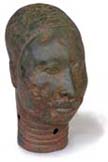 |
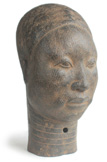 |
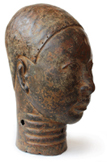 |
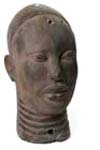 |
 |
Some of the archival objects shown here are still for sale. They are in the gallery's collection or are offered by collectors and dealers on behalf of the gallery. Please enquire. |
 |
 |
 |
 |
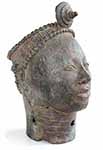 |
 |
 |
 |
 |
 |
 |
 |
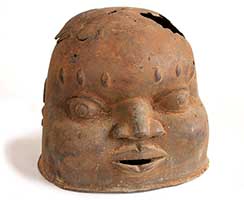 |
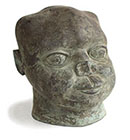 |
All our art-pieces are tested by the Laboratory Ralf Kotalla, the world’s oldest private laboratory for thermoluminescence analysis and our partner since 1987 |
Of course comparable analyses were ordered in laboratories like Ciram Laboratoire in Bordeaux or Oxford Authentication. Some committals has been dated from other analysts before they were brought to the Gallery. Peter Herrmann has a broad range of experience regarding age datation and a rich knowledge about history of art in Africa. |
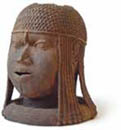 |
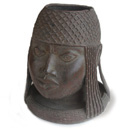 |
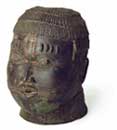 |
 |
 |
 |
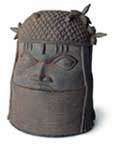 |
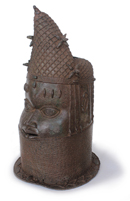 |
|||
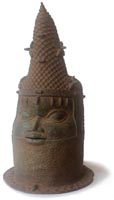 |
 |
 |
 |
 |
 |
 |
 |
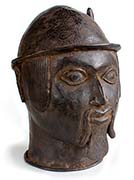 |
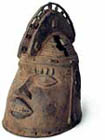 |
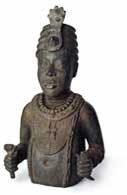 |
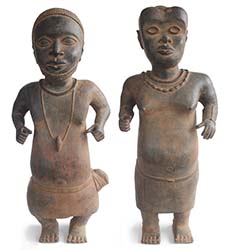 |
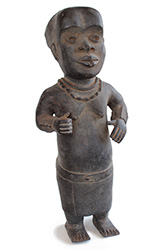 |
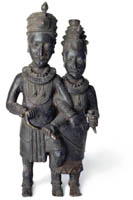 |
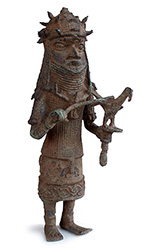 |
 |
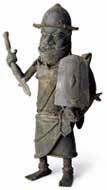 |
|---|
 |
 |
 |
|---|
 |
 |
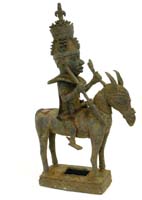 |
 |
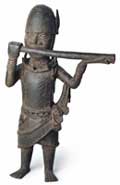 |
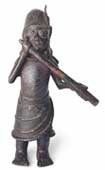 |
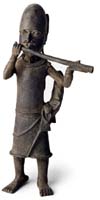 |
 |
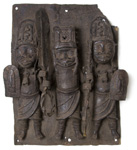 |
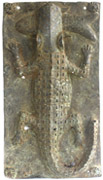 |
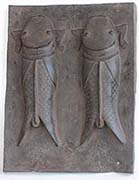 |
||
 |
 |
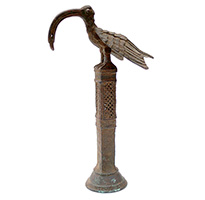 |
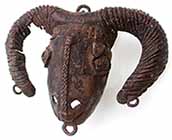 |
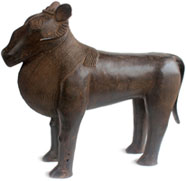 |
 |
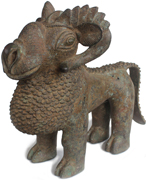 |
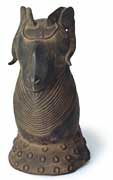 |
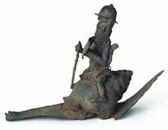 |
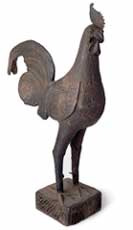 |
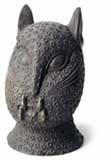 |
 |
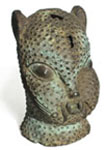 |
 |
 |
 |
 |
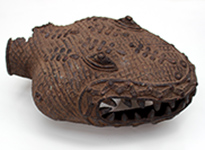 |
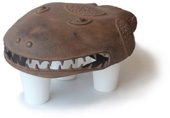 |
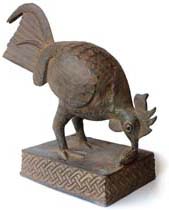 |
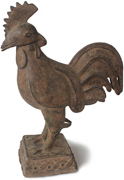 |
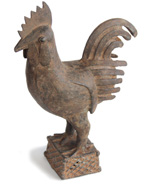 |
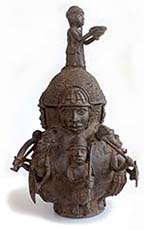 |
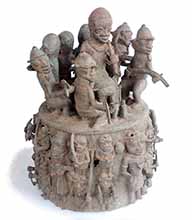 |
 |
|
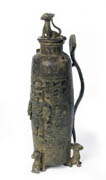 |
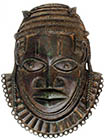 |
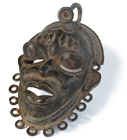 |
 |
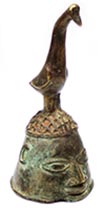 |
| Law |
According to the 1970 UNESCO convention, a repatriation claim must be made within a year after the authorities in the country of origin become aware of the cultural artifact’s location. Galerie Peter Herrmann thus always shares all information about its pieces – especially the Nigerian bronzes pictured on these pages, exhibited between 1989 and today and published online since 1995. Our mailing list includes organizations that handle restitution matters as well as both independent and state-employed art historians from, e.g., Nigeria. (The Cultural Property Protection Act came into force in 2016. Further information can be found at the link provided.) Every buyer of an art object, whether it’s made of wood, clay or bronze, must be aware that from a European legal perspective, the piece usually was taken from the respective African country of origin on the basis of inadequate export documents. Neither international regulations nor national African legislation are conducive to free trade. Galerie Peter Herrmann tries to confront this dilemma by operating with the greatest possible transparency. The period from 1985 to 2018 in which Peter Hermann has been active is extraordinarily problematic for art historical research because African and European dealers worked as covertly as possible in a hazy legal situation and because important information that prior to 1970 might have passed from market to academy tended to be kept hushed up. When in doubt, Peter Herrmann asks that you please be in touch. It’s in the gallery’s best interest to resolve every questionable situation using all available means. Peter Herrmann, August 2015 |
| Sources Transfer of Cultural Property Act Restitution of Cultural Property Act Protection of Cultural Property Act UNESCO Convention |

